I love indie music. But, there’s no one way to define it. Is my indie the same as your indie? What about him over there; what does his indie sound like? Clearly, indie music has a standardization problem. So, I took to the Vanderbilt community to find out what indie really means to us.
“Indie” music initially referenced an artist’s DIY, “independent” method of publication—that is, without being financially dependent on a major record label. A BBC documentary attributes the genesis of the term to “Spiral Scratch” by Buzzcocks, a 1977 punk EP celebrated for being self-published. This fact also begs the question of whether indie music is a genre or merely a method of publication. Although “Spiral Scratch” is punk rock, it is simultaneously independent, making it indie rock.
Before delving into what constitutes indie music, its distinction (or absence of distinction) from “alternative” music must be made clear. The two have long been used interchangeably because alternative artists tend to be independent as well. Alternative music, first used as an umbrella term for every record that didn’t fit mainstream formulas, gradually lost its initial definition when it became indirectly part of the mainstream. Some examples of this trend include Nirvana, The Offspring, Oasis and Green Day. So, currently, in layman’s terms, alternative music is everything not at the tip of the commercial music iceberg, which is predominantly pop, but which still garners a large enough following and financial success.
First-year William Yuk remarked on the usage of the term, noting how indie is also still used as an umbrella term for music more experimental than what’s played on major radio stations.
“There are so many artists that employ diverse styles and genres, only to be simply labeled as ‘indie’ by the mainstream because they’re different, which is kind of an insult to the individuality and uniqueness of their music,” Yuk said.
Yuk also described how both indie and alternative music overlap because they’re both so vague.
“Both terms are super arbitrary categorizations, rather than denoting a specific style,” Yuk said.
While alternative music has remained an umbrella term, indie music has somewhat turned into a quasi-specific genre with albeit fuzzy lines and yet a definitive vibe, straying away from its publication-method-based definition. That’s a lot of big words (and I feel smart), but my theory still stands: indie music is a genre now, regardless of whether an artist participating in the genre is actually independent.
To support this argument we can use NPR’s definition of indie in its original form, which is not being financially dependent on the four major labels—WMG, UMG, EMI and Sony BMG. However, Lana Del Rey, arguably one of the biggest names in the scene, is signed to Interscope Records (owned by UMG), and The Neighbourhood works with Columbia Records (owned by Sony). This doesn’t mean that worthwhile independent artists, such as Phoebe Bridgers or Mac DeMarco, don’t exist in modern music, but it does further show the fact that independence is not a prerequisite to being considered indie anymore.
Senior Trey Minter also praised the diversity within indie music.
“When I think about [indie], I think about the amazing acoustic and instrumental backing, the musicality the artist brings,” Minter said. “But you can also have a sort of laidback, lyrical vibe, which is really emotional and impactful, all enveloped in that instrumental backing.”
Despite our first step towards a definition, we find ourselves facing another roadblock: syntax. If we dive into the variety of fusion genres, such as pop-punk, jazz-rock (jazz fusion) or folk-pop, we realize they refer to both genres equally. A folk-pop album is both folk and pop, as both terms are practically nouns here, but when we analyze indie rock or indie pop, we realize indie is still an adjective, unable to escape its initial identity. Indie rock, for instance, seems to be within the rock genre, described by an indie “feel,” rather than a merging of two distinct styles.
Let’s examine a recent LP that has been dubbed by critics an indie album: “folklore” by Taylor Swift. Now we all know Tay-Tay’s shift in tone was a drastic but welcome change in her discography, but is it really indie, or just a subdued version of pop or folk? The answer lies in what is typically associated with the word, which is a tranquil, low-key, “vibey” essence. Well, if that’s what is generally considered indie, then this album is exactly that. And, if we can use the term for an album, or perhaps even a song, it means we are using it as a descriptor, a genre. While our syntax roadblock definitely slowed us down, by using this definition we are back on track: indie is not a traditional genre, but the way the word is used obliges us to think of it as one.
Now’s the time to talk about what I think of is indie, as this is my article and I selfishly want to let the world know MY opinion. One of my favorite groups, Men I Trust, is, in my opinion, quintessentially indie, which makes them my starting point for an attempted definition. Their soft production, their groovy guitar riffs—most prominent in “Seven”—and their atmospheric feel is what makes them hard to place somewhere other than smack down in the middle of our “genre.” They are not pop (although Google says they are); they are not rock; they are indie.
Another group that communicates the essence of indie to a T is Flipturn. Such a perfect mix of angst and tenderness, usually over some majestic instrumentals, isn’t found quite anywhere else. Songs such as “Something You Needed,” “Churches” and “Six Below” make me wish I hadn’t gotten kicked out of this indie rock outfit’s Nashville concert (a story for another time).
First-year Christina Berninger believes indie music is more abstract than mainstream music.
“The lyrics are more apparent to the artist than they are to the listeners,” Berninger said.
Her uncle is the frontman for The National, a fact that baffled me when I saw their three million monthly listeners on Spotify.
“My uncle makes his lyrics ambiguous and vague but has something very specific in mind,” Berninger said, who sports the same last name as the vocalist himself. “That’s why indie music has an additional emotional tie to it.”
Well then, what is indie? The jury’s still out. While there is a semi-consensus regarding what style of music the “genre” includes—as in the “folklore” example—I think indie is subjective enough to remain inconclusive, but that’s the beauty in it. Everyone can get something different out of indie, while I’d argue other genres are usually pretty clear in what their musicality communicates.
However, it’s important to not see indie as an umbrella term like it used to be. It’s not a storage room where you can stow away artists that don’t fit certain molds. I believe enough time hasn’t passed yet for indie, in the modern sense, to materialize concrete rules and aesthetics. We’re close, though. More and more artists are adopting the sound we currently associate with the genre, and it is seeping into the public consciousness that, by an unknown metric, some music is indie and some just isn’t. Listen to “Day Without You” by Keep for Cheap or “Techno Show” by Peach Pit and tell me what genre those songs are. You KNOW they’re indie; there’s no other answer. If you disagree, that’s fine! Freedom of speech! Just sleep with one eye open tonight.
During my quest to find the “quintessential indie song” from Vandy students, the fact that I’ve received the answer “depends on what indie is” several times shows how difficult it is to accurately define it. I’ve created a small sample of indie music with the answers I’ve received, and I think the difference in recommendations shows exactly why I set out on this journey—and that Vandy has some pretty good taste in music.

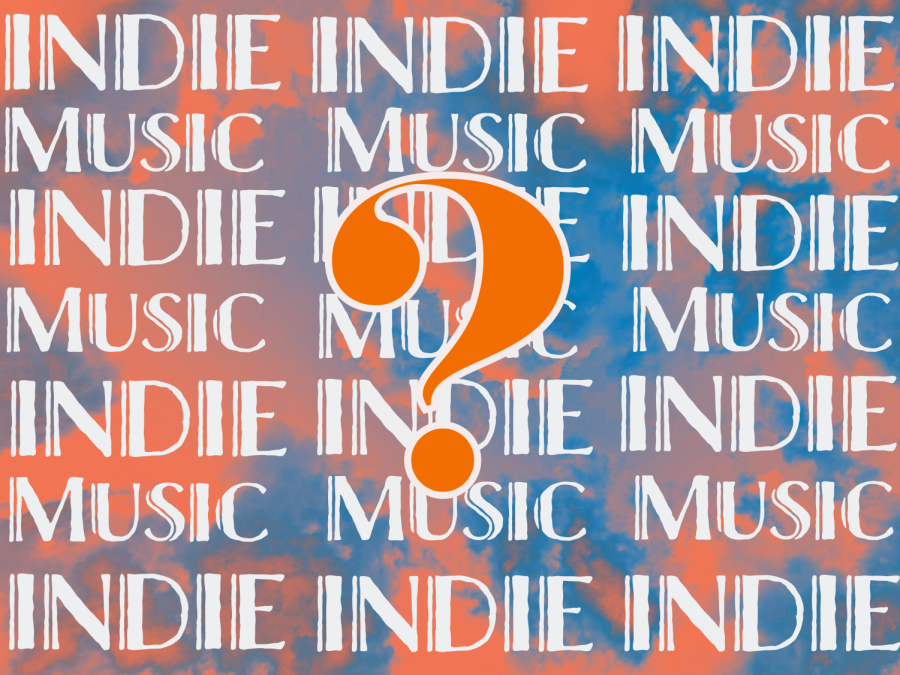



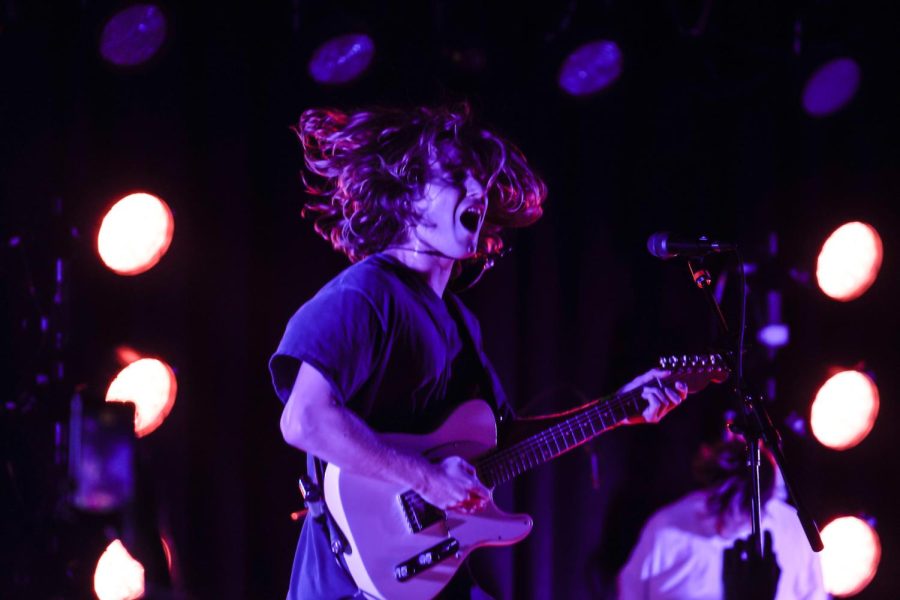



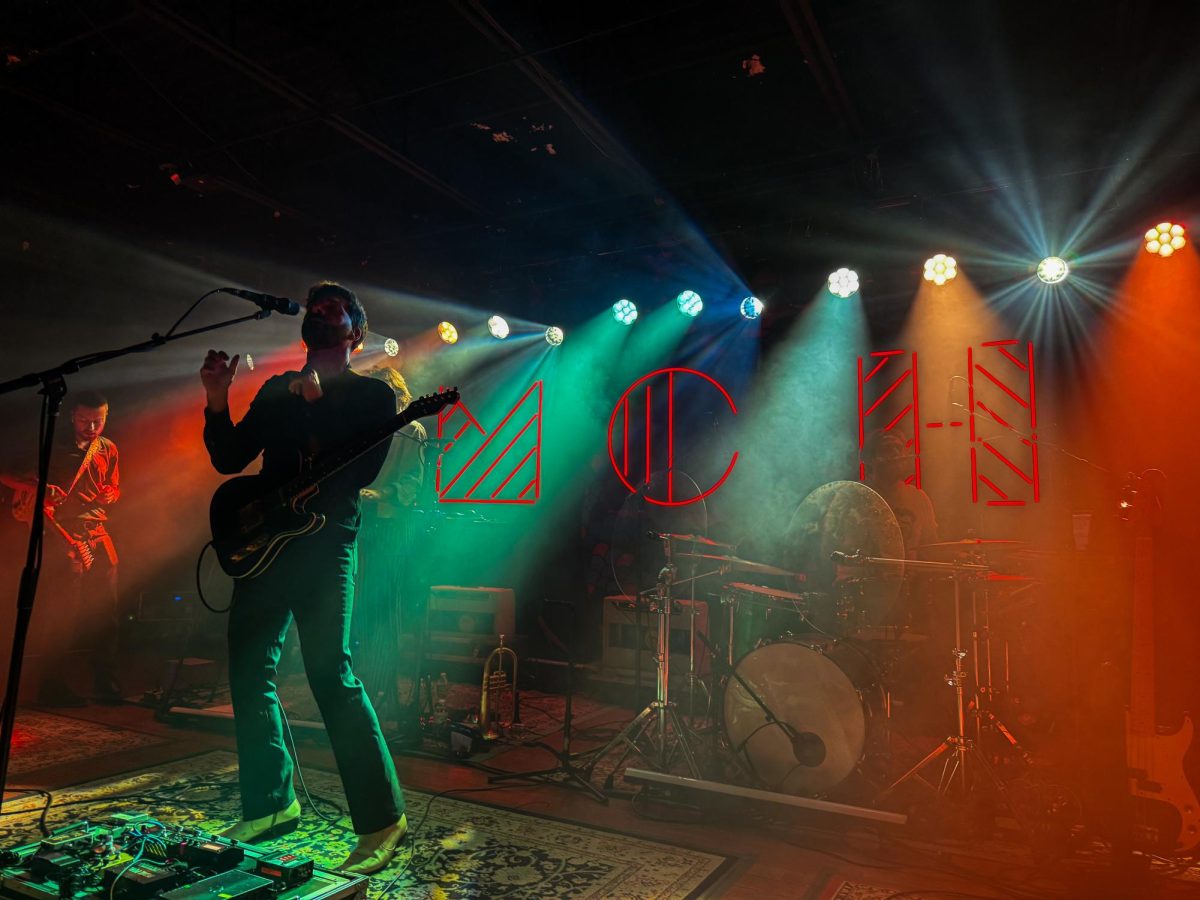
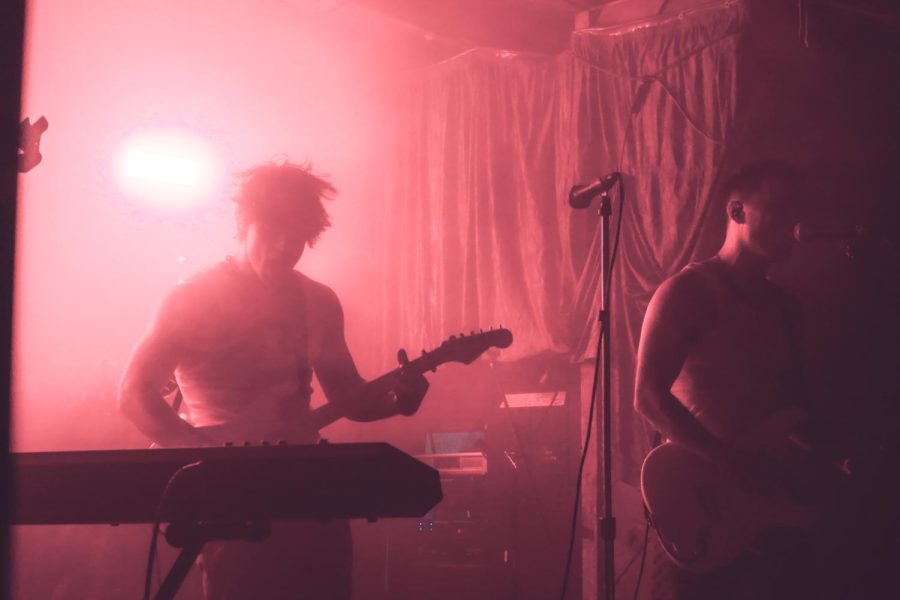
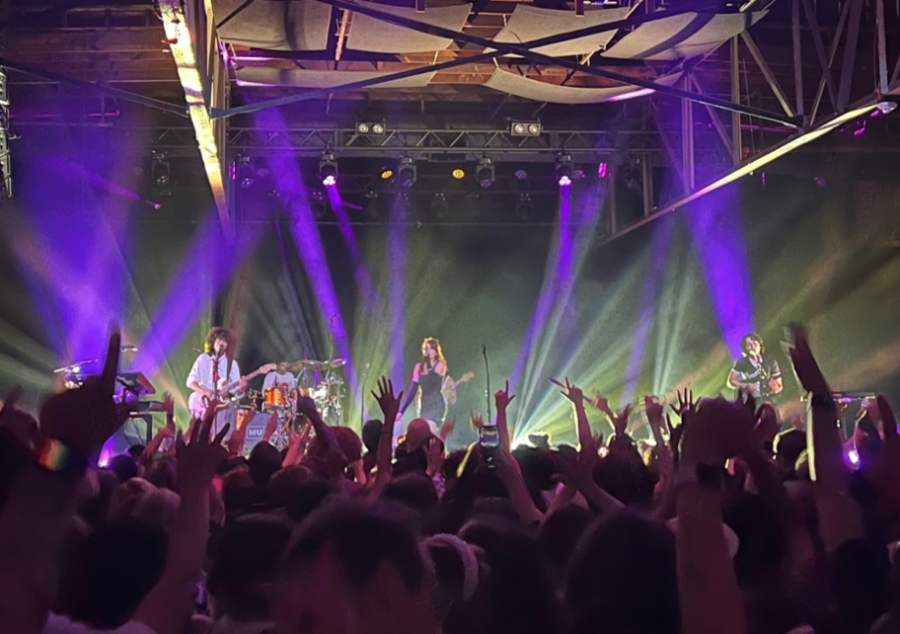
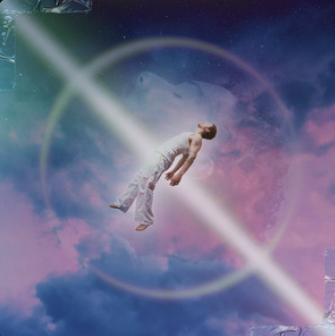
Selene • Dec 15, 2022 at 11:23 am CST
Some of the best indie aritists I know are Glass animals, Jvke, love joy, Conan Grey, Tate McRae, the neighborhood, Em Beihold, Emeline, Alec Benjamin , Barlow and Bear, Marina, Abigail Barlow, Ashe, AJR, Halfy&Winks, etc so many good choices!
Tom • Sep 27, 2021 at 4:37 am CDT
The Offspring’s Smash is to this day described as the best selling ‘independent’ (sometimes ‘indie’) album of all times. I wouldn’t call them an indie band though.!